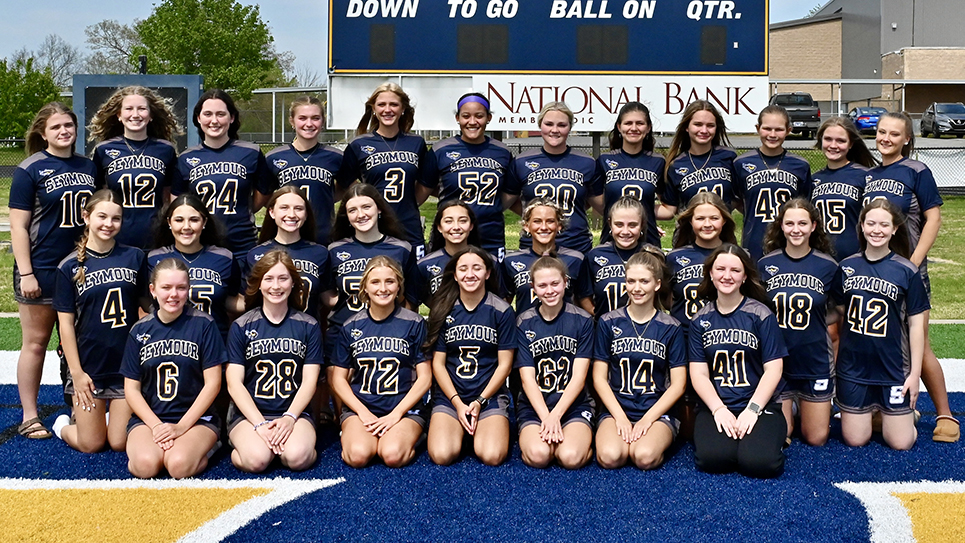Enhancing the fan experience
By Tom Mattingly
As the powers-that-be look to further improvements to the atmosphere at Shields-Watkins Field/Neyland Stadium for the 2023 season and well beyond, fans seeking perspective might want to think back to a long-ago day, when a much-smaller greensward first opened for Tennessee football games.
That day was Saturday, Sept. 24, 1921, when Tennessee played its first game in the new arena, sometimes referred to in the early days as Shields-Watkins Stadium or The Shields-Watkins Field. Emory & Henry helped christen the new arena.
The new field was located on 15th Street (as it was known then, since then as Stadium Drive and now Phillip Fulmer Way) a block or so south of the team’s previous home on Wait Field near Cumberland Avenue. That latter venue was too small and was replete with “rocks and hard places,” said Roy “Pap” Striegel, captain of the 1922 team and the man who convinced coach M.B. Banks to outfit the team in orange jerseys.
Tennessee authors Barry Parker and Robin Hood (“Neyland: Life of a Stadium”) called the area “a forlorn sight: an unmarked, upgraded expanse of mounds and gullies that turns into a quagmire in the rain.”
The stadium’s name came from its primary benefactors, Knoxville banker and Grainger County native Col. William Simpson Shields and his wife, Alice Watkins Shields.
In 1919, Shields, a new member of the board of trustees, donated $22,453, a figure matched by the university, for the seven-acre tract of land. The field area included a large ravine that Dean Nathan Dougherty ordered filled with dirt during the construction of Ayres Hall.
According to one University of Tennessee history authored by professors James Riley Montgomery, Stanley John Folmsbee, and Lee Seifert Greene, Shields contributed more than $40,000 for the field, equivalent to a $674,493.85 contribution today.
In 1912, University Realty was formed and held an option on seven acres of land until the university could complete the purchase and develop a “physical education-athletic field.”
As of 1917, financing had not been completed and contributions were solicited from the community. Checks averaging $10 were received, and UT students pledged $2000 in cash and 2000 days labor.
There was a “Campus Day” held on March 16, 1921, to prepare the field.
“I remember that Dr. H.A. Morgan, the university president, called a student holiday so that the student body and faculty could pitch in and help complete the field,” said Striegel.
“There was everybody out there working, and right beside us was Dean James D. Hoskins, who later became the university president.”
It took quite an effort to get the field ready.
“Students in the home economics department prepared lunch,” wrote Montgomery and colleagues. Sophomore surveying classes laid out the track, the diamond, and other features. Ditch digging became a competition, with a prize awarded in the 100-yard ditch-digging contest.”
The whole process ended up taking two days, allowing a baseball game to be played March 19 against Cincinnati. Shields threw the first pitch to Morgan, who promptly whiffed. The Vols lost, 7-6.
Later, a crown of additional dirt and a “strong stand of Bermuda grass” were added to the field.
The capacity of the new stadium was 3,200 initially, all on the west side. A crowd estimated at 1,200 watched under a persistent drizzle, with the Vols winning 27-0. The initial seating area of Shields-Watkins Field met the wrecker’s ball before the start of the 2022 campaign, part of another modernization of the famed arena designed to enhance the fan experience.
A 21-point third quarter proved decisive as Coach M.B. Banks cleared the bench. Rufe Clayton scored the first TD in the new stadium on an 11-yard run. Reporter H.I. Leyshon had the game story byline.
The Vols finished 6-2-1 and, in four home games, did not give up a point. Even in those days, defense ruled.
Carson-Newman earned the first opponent points on the new field, but that was in the second game of the 1922 season. The Vols won a total of eight in a row on the new home field in 1921 and 1922, before Vanderbilt scored a 14-6 victory on Nov. 4, 1922.
The stadium has grown from these humble beginnings, with a capacity of more than 100,000 today, but these early days helped establish the program and what it has become over the years.
“If you build it, they’ll come,” was the famous line from the movie “Field of Dreams.”
And come they did to the stadium by the river. Over the years, as the stadium has been expanded, Vol fans have come from every nook and cranny of the state of Tennessee and from as far and wide as the term “Big Orange Country” will allow.






